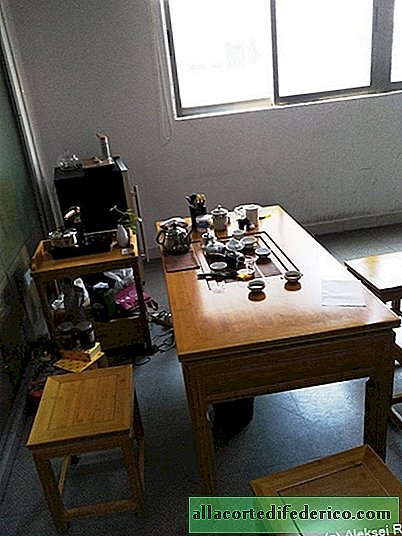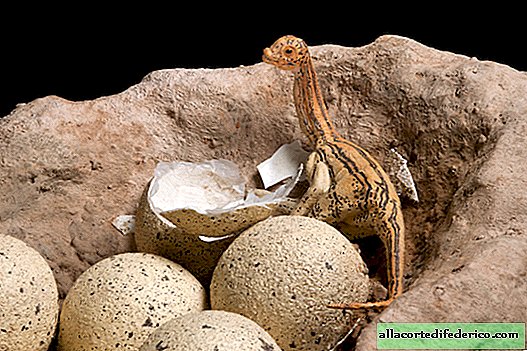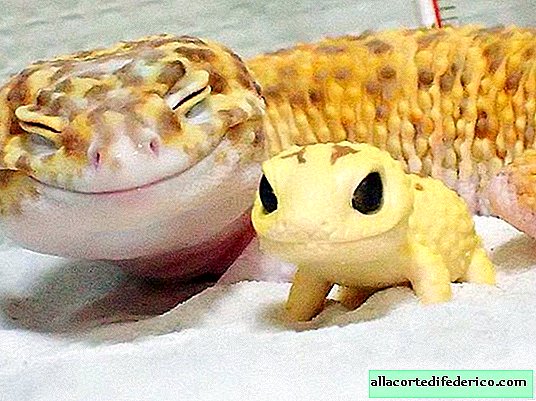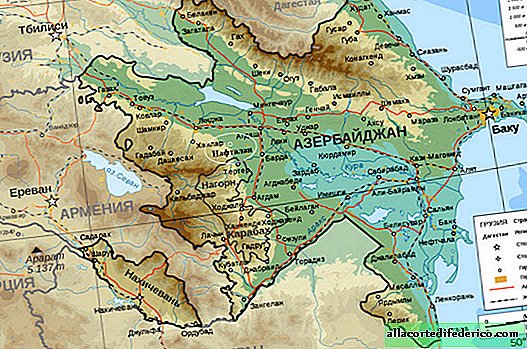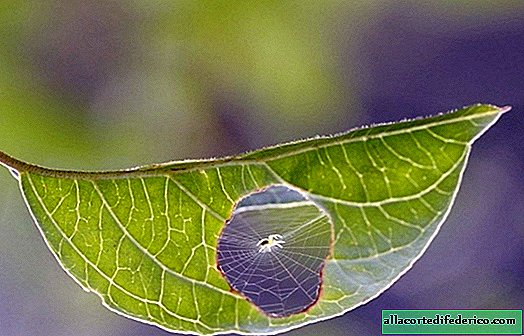In Mexico, learned to make biodegradable plastic from cacti
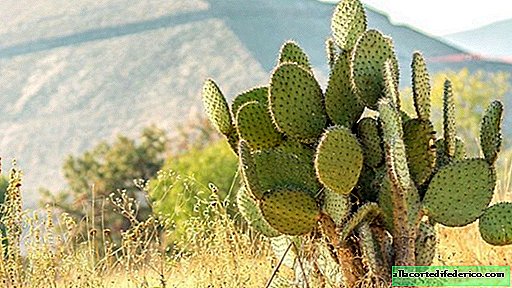
The raw material for the production of the new material was the leaves of the prickly pear cactus, which is widespread not only in Mexico, but also in the Mediterranean countries, northern Africa and the Middle East. The leaves of the prickly pear are crushed, the juice of the plant is secreted, which is sent for a while to the freezer. After that, a number of non-toxic ingredients are added to the cactus juice, the resulting mixture is poured with a thin layer on the surface and dried. The resulting elastic and durable material can be used as a substitute for plastic in many fields of its application. Researchers are sure that cactus juice can make safe analogues of disposable plastic packaging, various bags and containers for storage.



The main advantage of innovative material is its complete safety for the environment. Once at the landfill, a package of such material will completely decompose in a month. And if a thing from such a bioplastics gets into the ocean, it will become an excellent food for fish and other aquatic inhabitants, because all its components are completely safe for the environment. The only drawback of the new development is the long production process compared to traditional plastic. But experts are sure that as soon as this technology can be launched into industrial production, the production time for new material will be reduced.

